|
The Loire Valley wine region is the third-largest winemaking region in France, spanning over 170 picturesque miles. The vineyards are situated along the middle stretch of the Loire River (France’s longest river) in central France, which runs from east to west. Diversity in soil composition and climate along this stretch plays a vital role in the production and characteristics of the wine. There are over 4000 wineries and approximately 57,400 hectares of vineyards here. Loire Valley is also called the “Garden of France”. It is noted for its vineyards, floral gardens, fairytale castles, and historic towns. The Loire Valley is divided into five sub-regions, each with its characteristic grapes, appellations, and styles. There are 51 appellations of origin (AOP) and six protected geographical indications (IGP). Most of the wines produced here are pressed from a single varietal as opposed to most classic French wines that are blended. There are over 24 grape varieties in the Loire Valley, with the vast majority of production being white wine. The leading white varietals are Melon De Bourgogne, Chenin Blanc, and Sauvignon Blanc. The leading red varietals are Pinot Noir, Cabernet Franc, and Gamay. According to the Loire Wine Council (InterLoire), Loire Wines’ industry-leading efforts are being made toward environmental protection and sustainability. To quote: “2030 INDUSTRY PLAN: The Loire Wine Council, InterLoire, was the first to create a collective plan involving all wine industry players: the 2030 Industry Plan, outlining the future for the wine region, with a target of 100% of Loire Wines farms certified sustainable or organic by 2030. Today, 73% of wineries and 85% of surface areas are certified either organic or sustainable by High Environmental Value (HEV) or TerraVitis. AGROCLIMATIC ATLAS: Further, InterLoire worked with research and science teams to develop the Agroclimatic Atlas, an unprecedented educational tool designed to raise awareness of how climate change will impact the Loire region. The Agroclimatic Atlas shows projected changes in climatic and agroclimatic indicators specific to the emblematic grape varieties of the Loire region up to the year 2100. This tool highlights the vulnerability of vines to climate change and provides an opportunity for professionals to prepare for tomorrow’s climate while also encouraging action today.” Here is a selection of three Loire wines made by winemakers advocating sustainability. (samples) Domaine Vincent Carême Vouvray Le Clos AOC 2021 This winery is situated in the heart of Vouvray appellation, in the Touraine sub-region, and spans 37 acres. The estate, established in 1999, is owned by Vincent Carême and his wife, Tania. All of Domaine Vincent Carême’s wines have been certified organic since 2010. This wine is 100% Chenin Blanc. Grapes are sourced from 50-year-old vines grown in limestone, flint, and clay soil. The grapes are hand-harvested, and the wine is aged in oak barrels for 12 months. Nose: Bursting with notes of white flowers, honey, white stone fruit, and a touch of citrus. Palate: Apple, pear, racy acidity, notes of minerality, and honeysuckle. It is a bright and balanced wine with a hint of lemon zest on the finish. Alcohol: 13% SRP: $38 Pairing suggestions: Enjoy as an aperitif or with savory cheese, fish, and white meat. Domaines Landron la Louvetrie Muscadet Sevre-et-Maine Sur Lie AOP 2022 Domaines Landron is in La Haye Fouassière, in the Muscadet Sèvre et Maine appellation in the Pays Nantes sub-region in Loire Valley. Joseph Landron worked with his father for 12 years before continuing to work the estate on his own. All grapes are organically grown, and the wines are certified as both organic and biodynamic by Ecocert. This wine is 100% Melon De Bourgogne (Melon Blanc). Grapes are hand-harvested from blocks of 30 to 40-year-old vines and young vines under ten years. The soils in his vineyards range from clay, sandstone, and silica to gneiss and the unique metamorphic amphibolite.. This wine is aged on fine lees for six months in glass-tiled concrete vats without fining. Nose: White flowers, citrus, pear, apple, and minerality. Palate: This is a dry, savory, mineral-driven wine with crisp acidity. Notes of salinity mingle with green apple and pear. Refreshing! Alcohol: 12% SRP: $16 Pairing suggestions: Perfect for shellfish and oysters or any seafood. Roasted white meat, goat cheese, and sushi also pair well with this wine. Château de Plaisance Anjou ‘Sur la Butte’ 2021 Château de Plaisance is situated in the Anjou sub-region of the Loire Valley. Since 1995, their 25 hectares of vines have been certified organic, and in 2008, they transitioned to certified biodynamic practices. Vanessa Cherruau now owns the estate and continues the legacy that the Rochais family began. Her first vintage was 2019. The grapes for this wine are 70% Cabernet Sauvignon and 30% Cabernet Franc. Grapes are sourced from 35 year-old-vines located on Chaume hill with soil of schist, phtanite, and spilite. The wine is fermented and aged in concrete vats for 11 months. Nose: Vibrant aromas of red berries, violet, and sweet herbs.
Palate: Notes of dark berries, lively acidity, smooth tannins, herbs, and a pinch of minerality are a delight to sip. Alcohol: 13% SRP: $33 Pairing suggestions: Grilled tuna, roasts, hearty soups, and pizza. These wines will surely please your palate! Until next time… Cheers! Penina To leave a comment or if you have an inquiry, please contact me at [email protected] For the past several months my wine glass and I have been touring a variety of wine regions around the globe. It can be a bit challenging when one is doing it from their living room! So, I was ecstatic when the Loire Valley Wines paid a visit to my home bearing gifts of wine and a sumptuous meal! The Loire Valley wine region is France’s third-largest winemaking region. It spans 170 miles and is located in the middle stretch of the Loire River, (France’s longest river) in central France. Loire Valley is also called the “Garden of France” noted for its vineyards, floral gardens, castles and historic towns. There are more than 4000 wineries, and 57,400 hectares of vineyards. The vineyards are situated along the river that stretches from the Atlantic coast to north-central France. Diversity in soil composition and climate along this stretch plays a key role in the production and characteristics of the wine. The Loire Valley is divided into five sub-regions each with its own characteristic grapes, appellations and styles. There are 51 appellations of origin (AOP) and six protected geographical indication (IGP). Most of the wines produced here are pressed from a single varietal as opposed to most classic French wines that are blended. There are 24 grape varieties in the Loire Valley with the vast majority of production being white wine. The leading white varietals are Melon De Bourgogne, Chenin Blanc and Sauvignon. The leading red varietals are Pinot Noir, Cabernet Franc and Gamay. My focus today is on Chenin Blanc. Chenin Blanc (Pineau de la Loire) This versatile grape produces dry, off-dry, sparkling and sweet dessert wines. “Unlike any other grape except Riesling, Chenin Blanc can be vinified in a range of styles from austere, mineral, and refreshing to rich, honeyed, and sweet, and its versatility surpasses Riesling in that it also makes excellent sparkling wine.” loirevalleywine.com I received three bottles of Chenin Blanc representing different styles and sub-regions of the Loire Valley. These wines were paired with a beautiful dinner prepared by Chef Bernard Bouissou of Bernard’s Restaurant located in Ridgefield, CT. Thanks to Loire Valley Wines, my dinner was ready for curbside pickup in keeping with “safe dining” during COVID-19. The appetizer was Warm Goat Cheese Salad with mixed greens, caramelized walnuts & pears. For the main course Chef Bernard made a mouthwatering Roast Halibut Filet with carrot risotto, asparagus, sugar snap peas and chanterelle chive sauce. I tasted all of the wines with each course and my palate was singing! La Forcine Vouvray Demi-Sec AOP 2018 Vouvray is located in the sub-region of Touraine and is especially noted for demi-sec, sparkling and sweet wine production. This particular wine is 100% Chenin Blanc, harvested from soils dominant in limestone- rich tuffeau. (A porous limestone that contributes to acidity in the grapes.) This off-dry wine has intoxicating aromas of floral, candy apple and a hint of citrus. A lush palate of apples, pear, honeysuckle, melon and citrus are well balanced with this mineral-rich and zesty acidic wine. It was a winning combination with the savory goat cheese! Pair with fish, white meat, cream sauces and savory cheese. Or enjoy it as an aperitif! Alcohol: 12.5% SRP: $13 Domaine de L’Echantoir “Terres Blanches” AOC 2018 This 100% Chenin Blanc is hand-harvested from certified organic vineyards in the Saumur sub-region. Vineyards are scattered over limestone slopes and are exposed to a temperate maritime climate. This wine is matured for eight months on lees in concrete vats. Lovely aromas of white flowers, apricot and white fruit lead to a palate of pear, citrus, honeysuckle and a hint of anise with vibrant acidity. This paired well with both courses and I especially enjoyed it with the halibut. Serve with seafood, shellfish, salads and cheese. Alcohol: 13% SRP: $19 Château D’ Epiré Grand Cru D’Anjou 2017 AOC and (Appellation Savennières Controlee) Chenin Blanc is the only grape allowed in Savennières appellation, which is located in the Anjou sub-region. Grapes are hand-harvested from sandstone shale soil that contributes to the minerality and freshness of this wine. A mild climate and the benefits of south, southwest exposure adds to the grapes’ optimum ripening. 18+-year-old oak barrels are used to age the wine for nine months. Soft white fruit aromas, citrus, floral, and honey open to succulent flavors of white grapefruit, honeysuckle, peach, minerality and fresh acidity. Aromas persist on the palate through to the finish with a hint of citrus zest at the end. This was a rich and enjoyable wine to drink with both courses. Pair with appetizers, seafood, white meat, grilled veggies.
Alcohol: 13% SRP: $24 Thank you to Loire Valley Wines for this special “dining in” experience. My wine glass and I are on cloud nine! Until next time… Cheers! Penina To leave a comment or if you have an inquiry, please contact me at [email protected] A few years ago I wrote a story about Loire Valley. After attending “Spring to Loire Valley 2018” wine tasting this past week, I thought it would be worthwhile to revisit these noteworthy wines with you. So before I get into the specifics of some of the wines I tasted, let’s review the Loire Valley region. Loire Valley spans 170 miles and is located in the middle stretch of the Loire River, (France’s longest river) in central France. Loire Valley is also called the “Garden of France” noted for its vineyards, floral gardens, castles and historic towns. The Loire Valley wine region is France’s third largest winemaking region and ranks second in production of rosés. The vineyards, situated along the river, stretches from the Atlantic coast to north-central France. The diversity in soil composition and climate along this stretch plays a key role in the production and characteristics of the wine. Pays Nantais region is closest to the Atlantic Ocean and produces Muscadet, made from the Melon de Bourgogne grape. An interesting note, more Muscadet is produced than any other Loire wine. Muscadet tends to be light-bodied and dry. The high acidity and soft citrus notes make for easy food pairing. The Anjou region is best known for its fruity rosés and red wines. Many of Loire Valley’s sweet wines are produced here. Chenin Blanc and Cabernet Franc are the most prominent grapes used. Saumur is considered a premier sparkling wine region in France and is also noted for its red wines made with Cabernet Franc. The main variety of grape for white wines is Chenin Blanc. Due to the chalky soil, the sparkling wines tend to drink like champagne. The red wines lean towards fruity and light-bodied. Touraine has many famous appellations that include Vouvray, made from Chenin Blanc grapes and Chinon and St. Nicolas de Bourgueil, both made from Cabernet Franc. The red wines from this region are made mostly from Cabernet Franc, Gamay and Malbec and tend to be rich in tannins. Most of the white wines are made with Sauvignon Blanc and tend to be dry and refreshing with an edge of fruit and tart. Centre-Loire region is at the center of France. “It is the original home of Sauvignon Blanc and of Sancerre, the world’s most prestigious Sauvignon Blanc wine that sets international standards for the grape”, as cited from Loire Valley Wines. The majority of the wines that come from the Loire Valley are pressed from a single varietal as opposed to most classic French wines that are blended. It is easier to discern the terroir of the single varietal grapes through aroma and taste. There are 24 grape varieties in the Loire Valley. The leading white varietals are Melon De Bourgogne, Chenin and Sauvignon. The leading red varietals are Pinot Noir, Cabernet Franc and Gamay. With 28 wine importers showcasing wines from all four regions, I had the opportunity to taste a wide range of whites, reds, rosés and sparkling wines. Below is a slide show of just a few of the wines I tasted along with a brief summary of wines that caught the attention of my palate. Domaine de Cézin, 2016 Chenin Blanc is from the Jasnières appellation. It is 100% Chenin Blanc grown in limestone and clay soil. Layers of light fruit, honey, floral and minerality on the palate show off the aromatic and off-dry characteristics of this wine. SRP: $24
Domaine des Varinelles 2015 Cabernet Franc is from Saumur-Champigny. It is 100% Cabernet Franc and packs a punch with berries, spice, pepper and cherry. Medium tannins and easy to drink. SRP: $20 Domaine Pascal Jolivet 2016 Sauvignon Blanc is from Sancerre. This is a dry and lively wine with fresh citrus, melon, pear, minerality and a snappy lemon curd finish. SRP: $38 Maurice Bonnamy Cabernet Franc Rosé Sparkling NV Crémant-de-Loire appellation. Fine and foamy bubbles lead to fresh citrus, red fruit and spice with a chalky lemon finish. Nice! SRP: $16.99 Domaine Champeau 2016 Chasselas is from Pouilly-sur-Loire appellation. Chasselas grapes originated in Switzerland and are grown in several countries. Although it is usually blended with Sauvignon Blanc, this particular wine is 100% Chasselas. The wine is mild with citrus and floral overtones, lots of salinity and a sour edge to it. Food pairing can be a challenge, but mushrooms, quiche, cheese and fruit work. SRP: $14.99 Domaine Valery Renaudat, 2016 Pinot Gris Rosé is from the Reuilly appellation. This 100% Pinot Gris has layers of citrus, floral, peach and strawberry. Lively acidity with a hint of a bitter finish. SRP: $17.99 Jean Michel Gautier/Domaine de la Racauderie Grolleau Rosé Sparkling NV This 100% Grolleau comes from Touraine appellation. Persistent fine bubbles with soft sweetness, red fruit and lively acidity. Fresh and dry. SRP: $22.99 Domaine du Colombier-Mouzillon-Tillières 2012 Melon de Bourgogne This 100% Melon de Bourgogne is from Muscadet-sèvre-et-Maine appellation. More than two-thirds of total Muscadet production comes from this appellation. The wine is tangy with flinty notes, salinity and hints of apple and mild fruit. SRP: $19.99 Domaine de la Colline 2016 Cabernet Franc is from Chinon appellation. This 100% Cabernet Franc is medium-bodied and earthy with notes of dark fruit and plum. Hints of floral and soft fruit remain on the palate. SRP: $14.99 The wines of the Loire Valley range in style and complexity. So, no matter what you like to drink, whether it’s white, red, rosé or sparkling, crisp, dry, sweet, fruity, racy, edgy, earthy or robust, Loire Valley has a wine that is sure to please your palate. Cheers! Penina To leave a comment or if you have an inquiry, please contact me at [email protected] Winter is history and hopefully we’ve seen the last of nor’easters and snow. I’m looking forward to the trees budding and flowers blooming. To help celebrate the onset of spring, I opened a bottle of Chenin Blanc from South Africa. As you know by now, I drink whites, rosés and reds all year round. However, it seemed fitting to start the spring season with something light and fresh! Chenin Blanc is a native white grape of France, specifically associated with the Loire Valley and the grape is mentioned in Official French documents dating back 1300 years ago. Over the years, Chenin Blanc has made its way to New World wine regions, including South Africa. In fact, Chenin Blanc is the most widely planted grape variety in South Africa and is now the largest grower and producer of this varietal. Chenin Blanc is also known as Steen in this wine region. Aromas and flavors of Chenin Blanc can vary depending on which wine region of South Africa they are produced in and whether the grapes are grown in cool or warm climates. But overall, the Chenin Blanc wines tend to feature high acidity, an oily texture and tropical notes. Nederburg Wine Estate is located in Paarl in the Western Cape province of South Africa and is situated about 45 minutes from Cape Town. This is a warm climate region. Here is a very condensed version of the estate’s history. Philippus Wolvaart bought the land in 1791 and together with his wife, they created the groundwork, setting the stage for Nederburg Wines. Once he cleared the land, Wolvaart planted a variety of vines. He also built a beautiful Manor House, which he completed in 1800 and is now a tourist attraction today. Wolvaart eventually sold his farm in 1810, which then repeatedly sold until 1937, when Johan Georg Graue purchased it. Graue pioneered new practices from wine growing to winemaking. In 1953, Günter Brözel became the winemaker and was the first person in South Africa to win the International Wine & Spirits Competition Winemaker of the Year Award for his “Edelkeur Wine”. In 2001, Razvan Macici, a Romanian born cellar master, took over the operation and he continues the tradition of creating quality wines. Nederburg Winemasters Chenin Blanc 2016 is made with 100% Chenin Blanc. The Winemasters brand is their premium wine named in honor of the cellar’s long-standing tradition of winemaking excellence. The Chenin Blanc is a soft golden color with lovely aromas of floral, honey, stone fruit and minerality. The palate is rich with ripe tropical fruit, honeysuckle, pear, apricot and hints of vegetation and flint with a finale of tart granny smith apples. The texture is creamy, light and crisp. This a great wine to drink as an aperitif or with seafood, light pasta and cheese. Alcohol: 13.5% SRP: $12.99 Have some fun and open a bottle of Chenin Blanc from Loire Valley and South Africa. Taste and compare, then let me know what you think!
Have a great weekend and enjoy the spring weather! Cheers! Penina To leave a comment or if you have an inquiry, please contact me at [email protected] 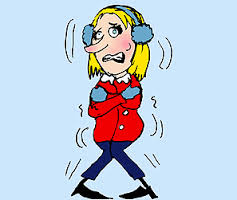 We went from several days of warm weather to waking up to cold temperatures this morning. Brrr…. The heat was turned back on and the windows were closed again. 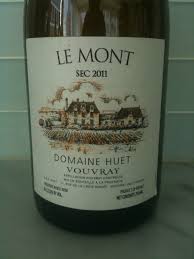 To celebrate the “warmer” temperatures the other evening, a friend and I dined on mussels, pasta and swordfish. The balmy weather seemed to warrant a more “summery” type menu. Our choice of wine reflected that as well. We opened a 2011 Domaine Huet Vouvray Sec Le Mont Chenin Blanc to complement the meal. The wine is produced in the Vouvray district of the Loire valley. This was a lovely dry Chenin Blanc with a golden color. The aromas of honeysuckle, green tea and floral notes were present. The palate offered soft fruits, pear, lemon and medium acidity. The finish was long with hints of apple lingering. http://www.domainehuet.com I have a feeling that I will be drinking heartier wines this weekend!
Happy Friday! Cheers! Penina |
Categories
All
|

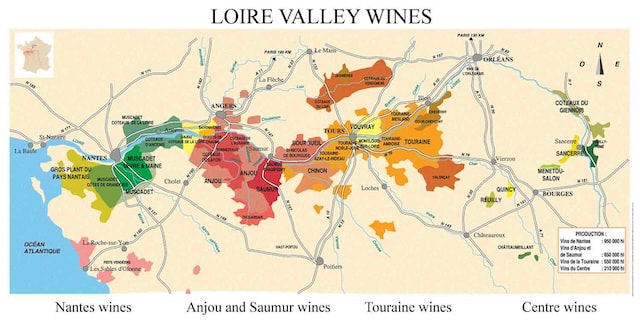
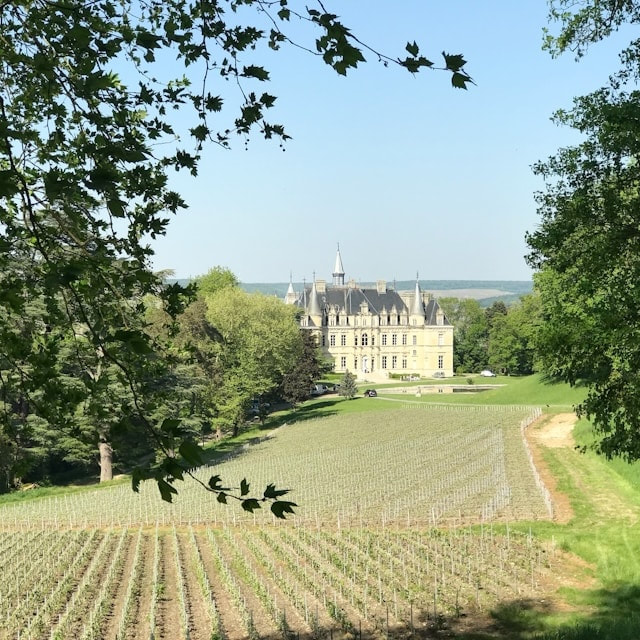
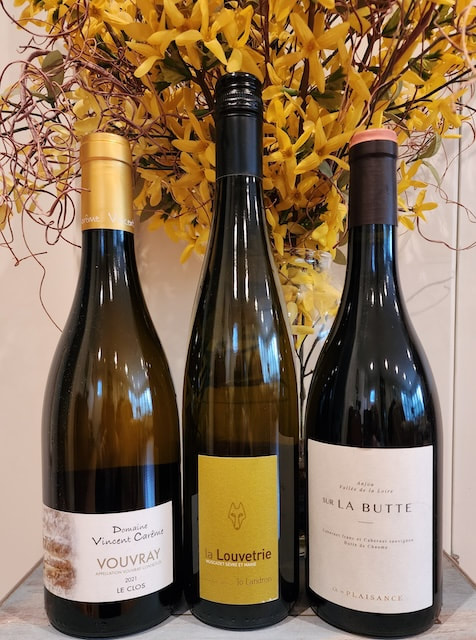
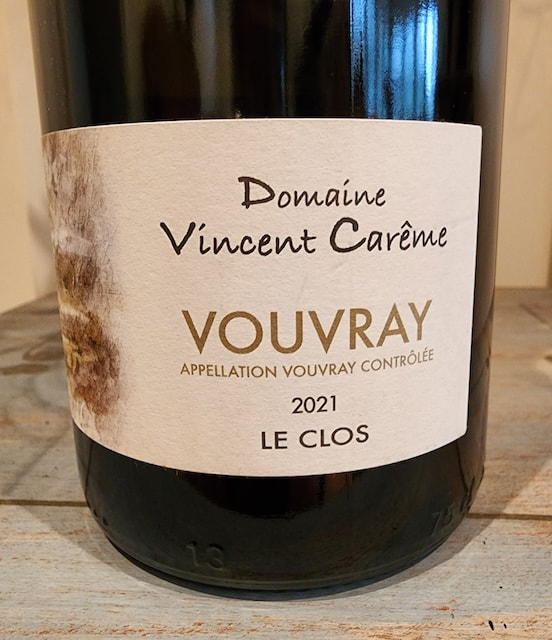
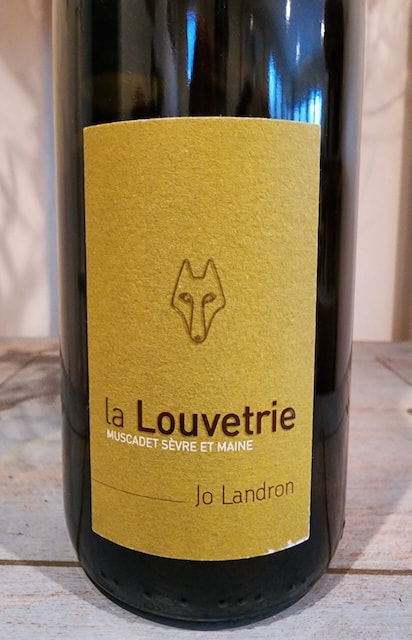
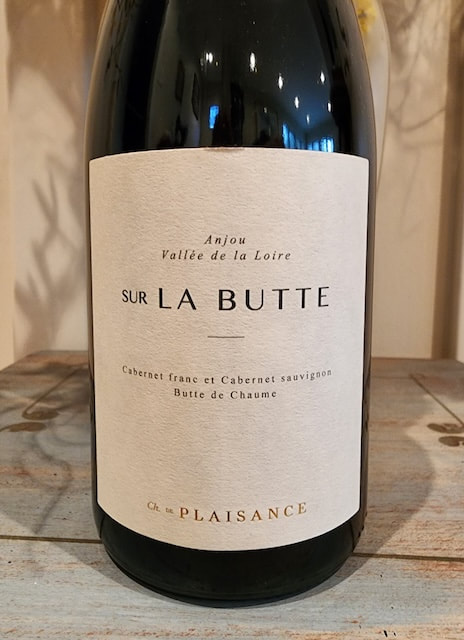
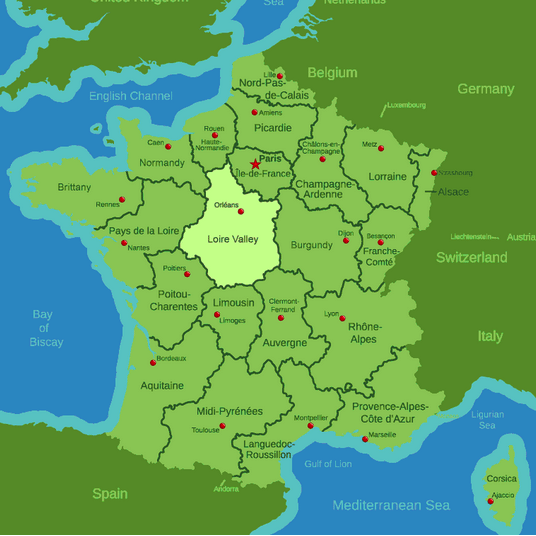
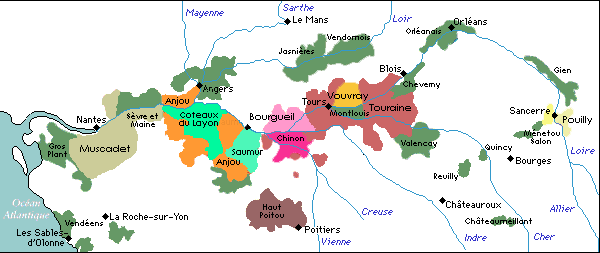
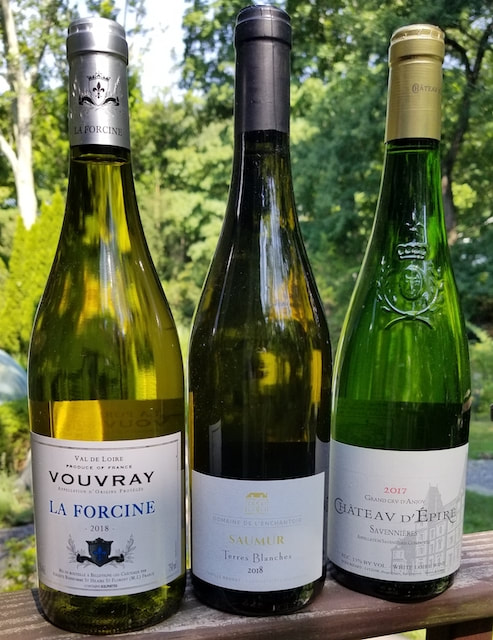
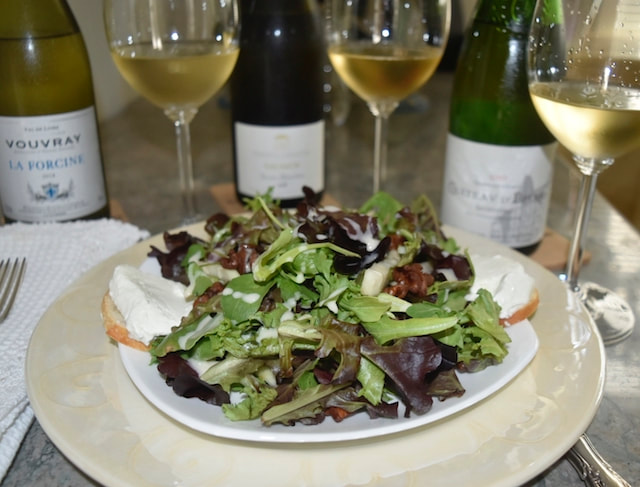
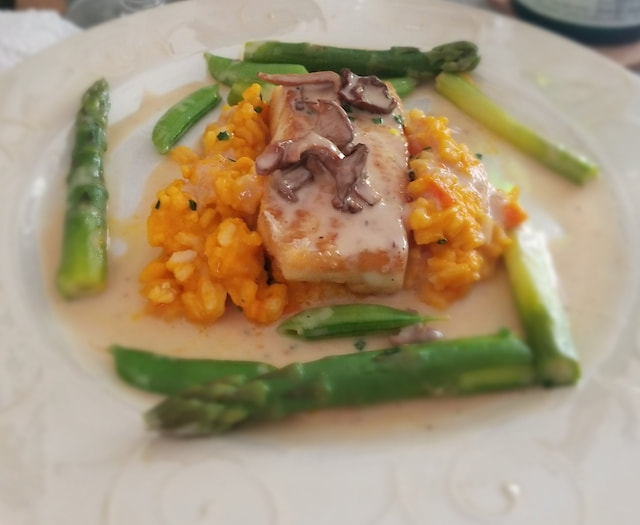
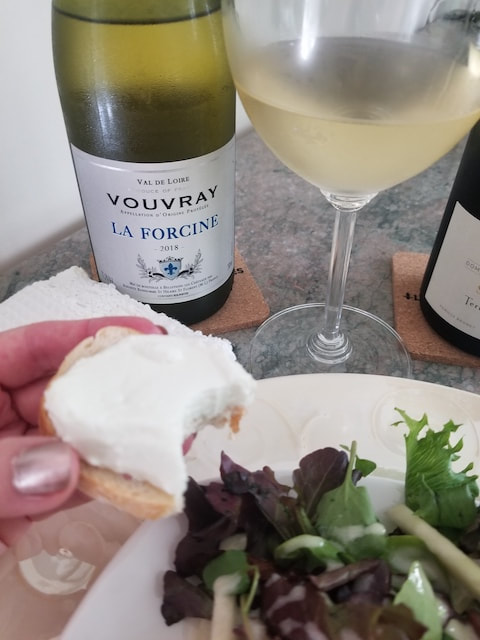
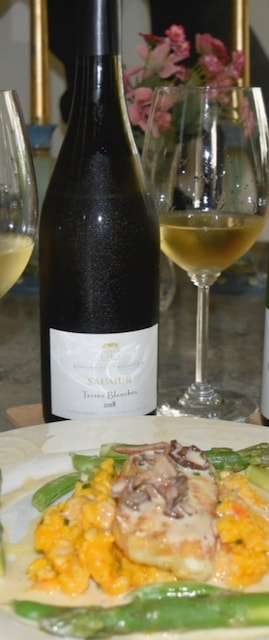
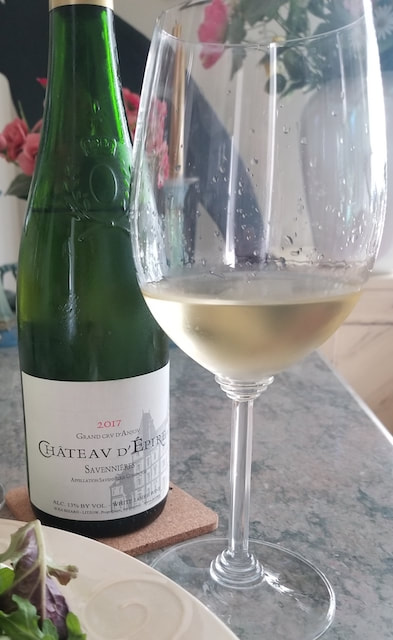
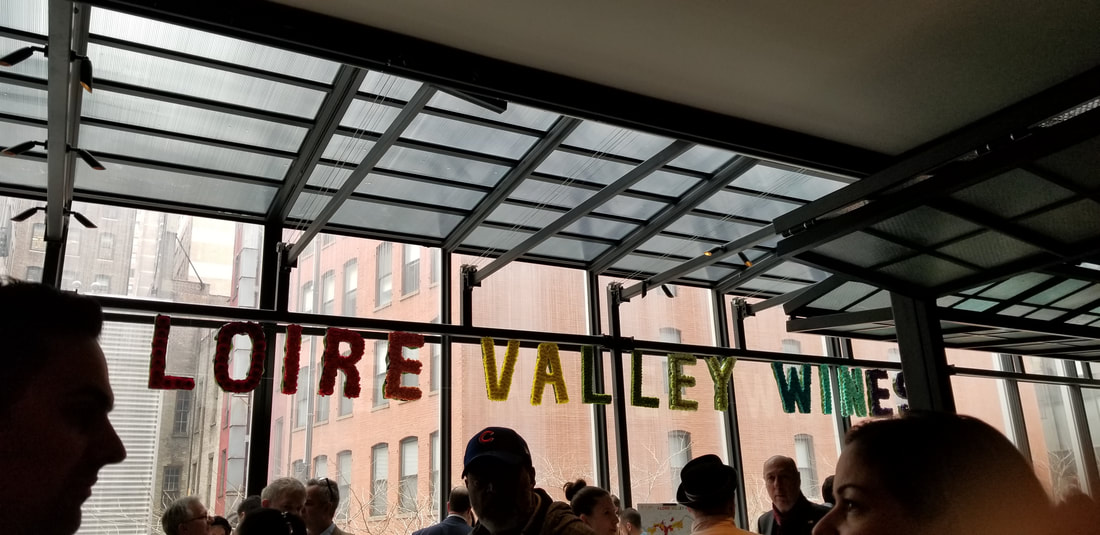
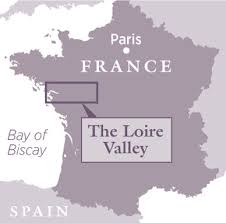
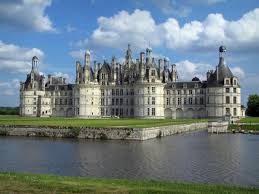
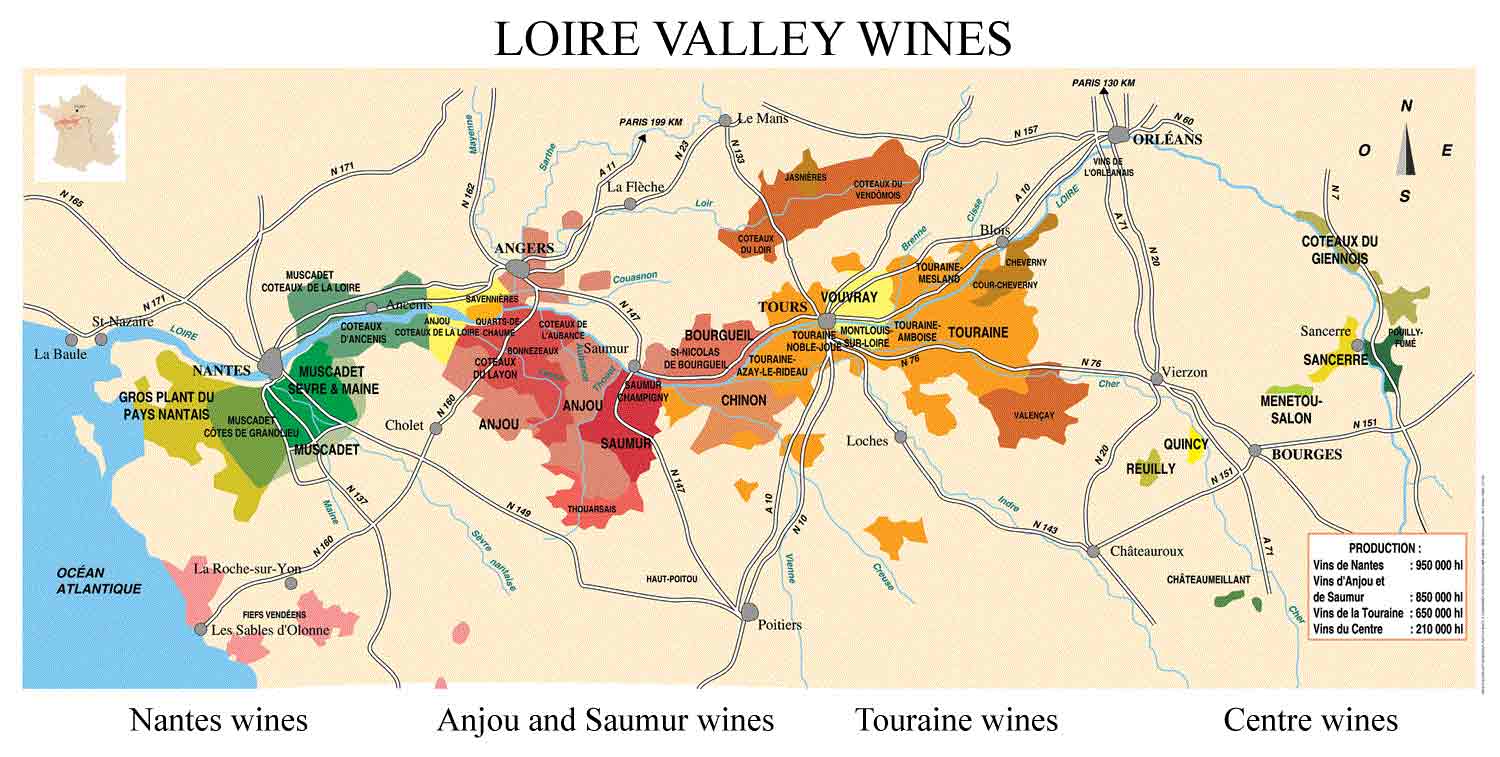
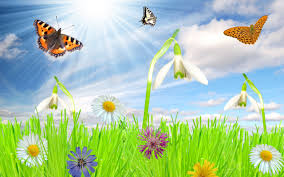
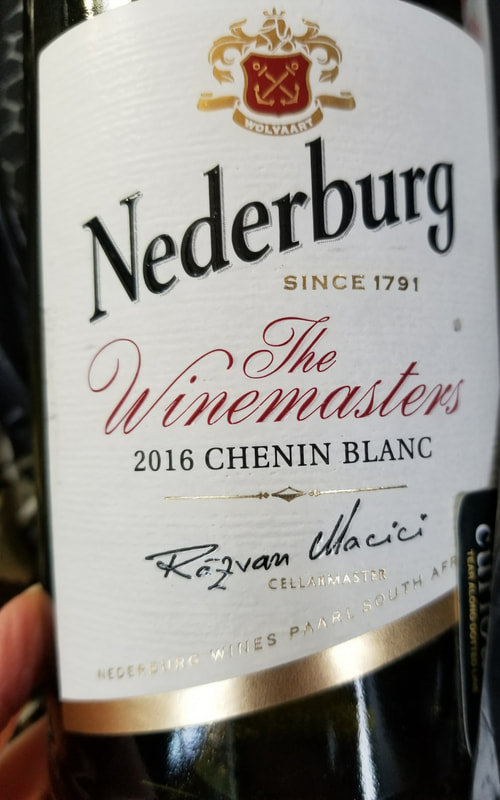
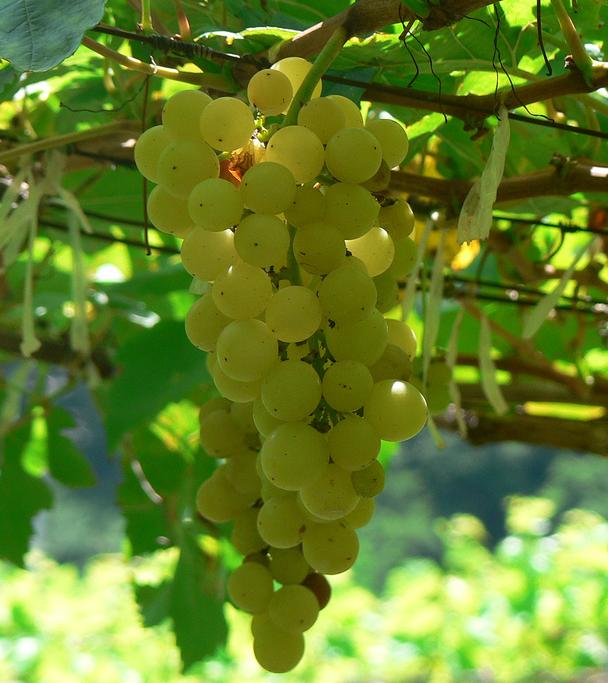
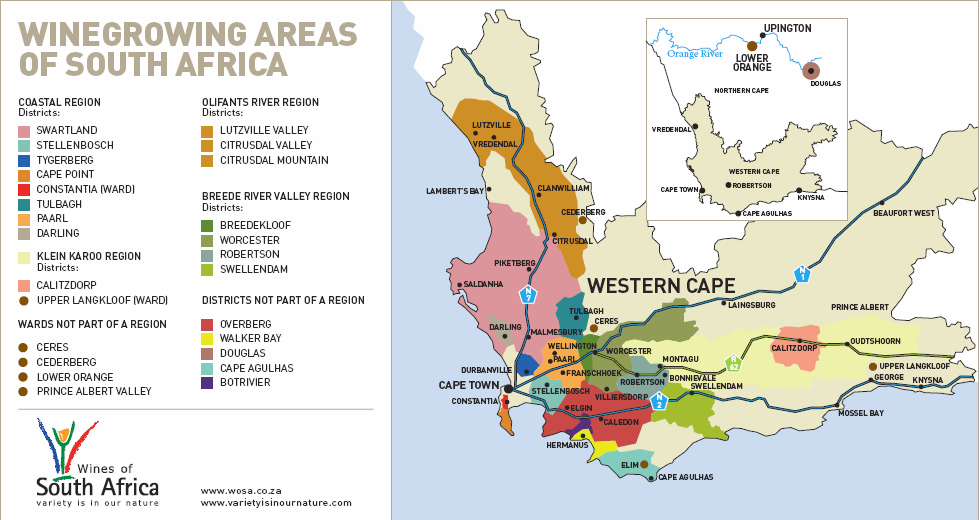
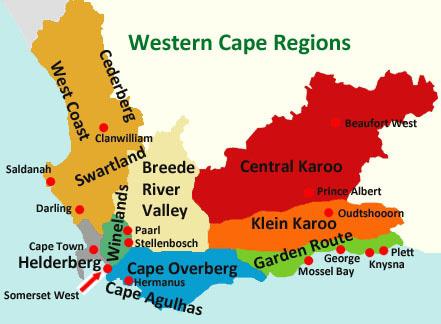
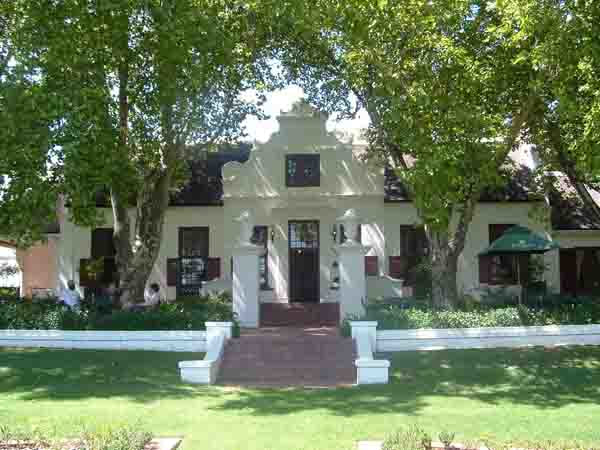
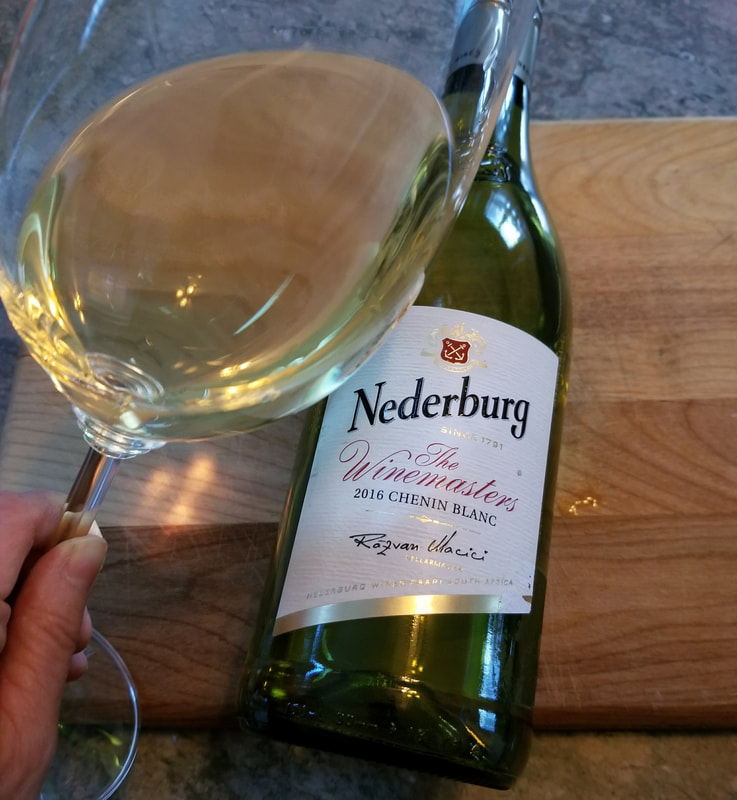
 RSS Feed
RSS Feed